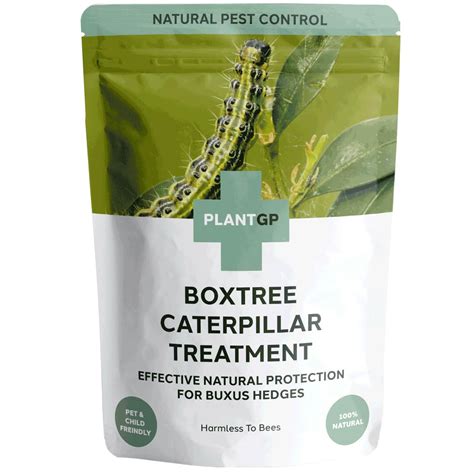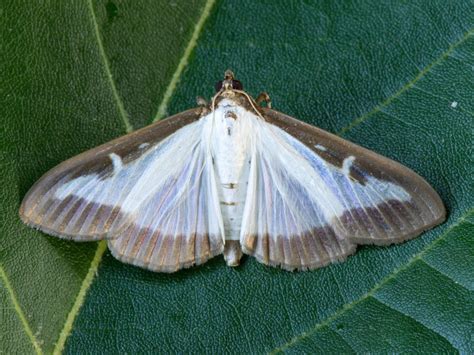box tree moth uk distribution EBTS, the RHS and the County Moth Recorders have collaborated and shared their data to write a paper documenting the spread and current status of the Box Tree Moth in the UK. The paper was published in . What Are the NEC Requirements for Junction Boxes and Enclosures? The NEC has outlined specific requirements for junction boxes to ensure the safety and proper installation of .
0 · treatment for box moth caterpillar
1 · box tree moth usda
2 · box tree moth killer
3 · box tree moth identification
4 · box moth insecticide
5 · box moth caterpillar life cycle
6 · box moth caterpillar insecticide
7 · are box tree moths dangerous
LinuxCNC is a free software for CNC machines consider middle-level software in CNC systems. Yes! It is best for people who are familiar with the Linux operating system. .
The caterpillars feed on and are a pest of box (Buxus), and they almost certainly arrived in the UK on imported Buxusplants. See moreseries of distribution maps. The moth now affects all of England apart from the far north-west and has established a foothold in both South and North Wales, though much of that Principality is, .
Continent. The moth was also recorded on Guernsey in 2014. As the name indicates, this species is associated with various species of Box, of which it is considered a serious pest in parts of .It is widespread in London and the south-east and is spreading northwards at a considerable rate. The species also occurs in central Europe. The moth is a pest species of box (Buxus), and is almost certainly an introduction with imported .
EBTS, the RHS and the County Moth Recorders have collaborated and shared their data to write a paper documenting the spread and current status of the Box Tree Moth in the UK. The paper was published in . The RHS Plant Health team is predicting that it could be a bumper year for box tree moth after receiving nearly five times as many reports of the insect in the first four months of 2024, compared to the same period last year, .
This datasheet on Cydalima perspectalis covers Identity, Overview, Distribution, Dispersal, Hosts/Species Affected, Diagnosis, Biology & Ecology, Environmental Requirements, Natural Enemies, Impacts, Uses, .Find out about the status of Cydalima perspectalis (Box-tree Moth) in Kent. Learn more on its distribution, phenology and ecology.
Wingspan 38-42 mm. Somewhat variable, but typical form unmistakable, and there is an attractive purple-black melanic form which is not uncommon. Larva feeds on Box, and may become a .
The moth has now been recorded widely over large parts of England, particularly in the south, with the larval stage being found in several widely distributed localities. The moth was first reported in Scotland (from Fife) in 2018, it having also been reported from several areas in Wales.series of distribution maps. The moth now affects all of England apart from the far north-west and has established a foothold in both South and North Wales, though much of that Principality is, apparently, unaffected at present. In Scotland, the moth is known from the south-east in Fifeshire, but is likely to spread.Continent. The moth was also recorded on Guernsey in 2014. As the name indicates, this species is associated with various species of Box, of which it is considered a serious pest in parts of Europe. There appear to be two generations in Britain, the adult found from mid-June to early August and again in September to October/November.It is widespread in London and the south-east and is spreading northwards at a considerable rate. The species also occurs in central Europe. The moth is a pest species of box (Buxus), and is almost certainly an introduction with imported Buxus plants.
EBTS, the RHS and the County Moth Recorders have collaborated and shared their data to write a paper documenting the spread and current status of the Box Tree Moth in the UK. The paper was published in ‘The Entomologist’s Record’ on the 25th May and it is now available to download.

box and ship junction city ks hours
treatment for box moth caterpillar

The RHS Plant Health team is predicting that it could be a bumper year for box tree moth after receiving nearly five times as many reports of the insect in the first four months of 2024, compared to the same period last year, with more than . This datasheet on Cydalima perspectalis covers Identity, Overview, Distribution, Dispersal, Hosts/Species Affected, Diagnosis, Biology & Ecology, Environmental Requirements, Natural Enemies, Impacts, Uses, Prevention/Control, Further Information.
Find out about the status of Cydalima perspectalis (Box-tree Moth) in Kent. Learn more on its distribution, phenology and ecology.Wingspan 38-42 mm. Somewhat variable, but typical form unmistakable, and there is an attractive purple-black melanic form which is not uncommon. Larva feeds on Box, and may become a horticultural pest in the UK.The box tree moth Cydalima perspectalis (Walker) (Plate 1, Fig. 1) feeds primarily on box (Buxus spp., Buxaceae) and is native to East Asia (China, Republic of Korea and Japan) (Mally & Nuss, 2010).
The moth has now been recorded widely over large parts of England, particularly in the south, with the larval stage being found in several widely distributed localities. The moth was first reported in Scotland (from Fife) in 2018, it having also been reported from several areas in Wales.
series of distribution maps. The moth now affects all of England apart from the far north-west and has established a foothold in both South and North Wales, though much of that Principality is, apparently, unaffected at present. In Scotland, the moth is known from the south-east in Fifeshire, but is likely to spread.Continent. The moth was also recorded on Guernsey in 2014. As the name indicates, this species is associated with various species of Box, of which it is considered a serious pest in parts of Europe. There appear to be two generations in Britain, the adult found from mid-June to early August and again in September to October/November.It is widespread in London and the south-east and is spreading northwards at a considerable rate. The species also occurs in central Europe. The moth is a pest species of box (Buxus), and is almost certainly an introduction with imported Buxus plants.
EBTS, the RHS and the County Moth Recorders have collaborated and shared their data to write a paper documenting the spread and current status of the Box Tree Moth in the UK. The paper was published in ‘The Entomologist’s Record’ on the 25th May and it is now available to download. The RHS Plant Health team is predicting that it could be a bumper year for box tree moth after receiving nearly five times as many reports of the insect in the first four months of 2024, compared to the same period last year, with more than .
This datasheet on Cydalima perspectalis covers Identity, Overview, Distribution, Dispersal, Hosts/Species Affected, Diagnosis, Biology & Ecology, Environmental Requirements, Natural Enemies, Impacts, Uses, Prevention/Control, Further Information.
Find out about the status of Cydalima perspectalis (Box-tree Moth) in Kent. Learn more on its distribution, phenology and ecology.Wingspan 38-42 mm. Somewhat variable, but typical form unmistakable, and there is an attractive purple-black melanic form which is not uncommon. Larva feeds on Box, and may become a horticultural pest in the UK.
box tree moth usda
bottoming in sheet metal

Still, it’s possible to weld thin sheet metal using the MIG (GMAW), TIG (GTAW), and stick (SMAW) processes. But MIG and TIG provide the best results. This article will teach you how to weld thin gauge metal using each arc welding process and present the common pitfalls beginners make.
box tree moth uk distribution|box tree moth killer